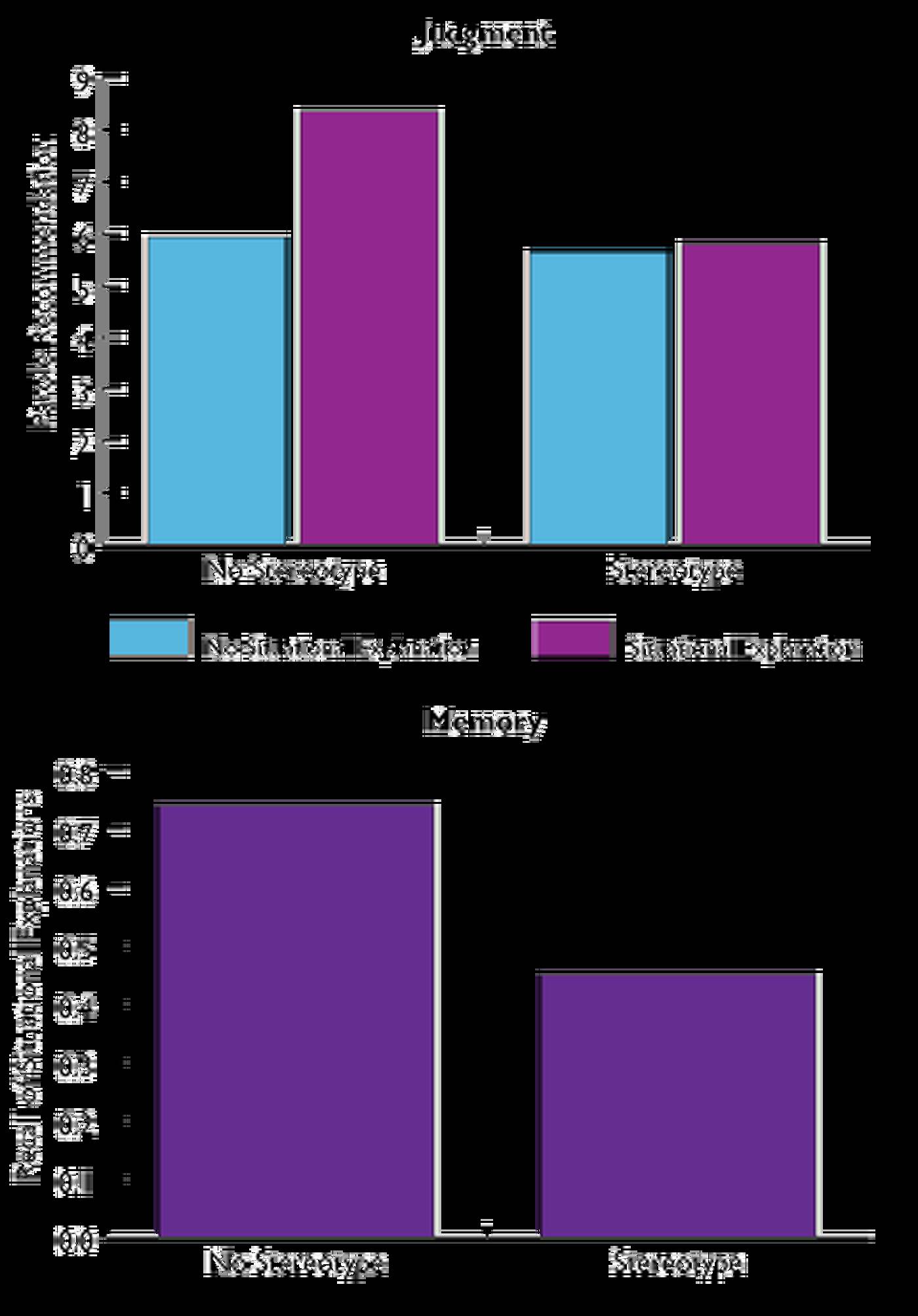Featured Faculty
Lawyer Taylor Professor of Psychology and Marketing, Weinberg College of Arts & Sciences; Professor of Marketing; Co-Director of the Center on the Science of Diversity
In many situations, stereotypes do more harm than good. But situations exist in which stereotypes can be a useful tool for efficient decision making. In medical decision making, for example, demographic categories often are undeniably relevant: a physician would be unlikely to diagnose a male patient with menopause.
Nevertheless, it is important to understand the potential pitfalls of stereotyping. Galen Bodenhausen (Professor of Marketing at the Kellogg School of Management) points out that people tend to overestimate the accuracy of stereotypes. Many cognitive mechanisms lead to false confirmation of stereotypes and can ultimately lead to erroneous decision making.
Consider the common stereotype some male drivers hold regarding female drivers. A male driver might claim female drivers are inferior, often justifying that claim by citing examples from personal experience: “Well, in fact, just today I was driving to work and was cut off, and sure enough, there was a woman driving the car.” The problem with such logic is that people tend to more readily recall examples that tend to affirm—rather than disprove—their stereotypic beliefs. The above male driver may have been cut off in traffic by other men just as often as by women, but he simply does not recall those instances. In his mind, the negative experiences he has had with female drivers far outnumber those he has had with male drivers. Clearly, to confirm such a stereotype would require a consistent tally of bad experiences for both male and female drivers.
The above example is just one of a number of biases that can distort memory in a way that falsely confirms stereotypes. Even in cases where stereotypes are partially accurate, the magnitude of the relationships between category membership and individual traits can be obscured. In any case, it is clear that a number of cognitive processes can produce illusory relationships between group membership and individual traits.
Stereotypic Biases Distort Information
Admittedly, some stereotypes can contain accurate information. Bodenhausen points out, however, that these stereotypes should not be used instead of—nor should they distort the way we use—case-specific information. Yet Bodenhausen’s research shows that people either neglect case information or systematically distort it as a consequence of stereotypic biases.
People tend to more readily recall examples that tend to affirm—rather than disprove—their stereotypic beliefs.
In one study, Bodenhausen presented subjects with transcripts from criminal trials. The transcripts contained little information about the defendant but much information about the case evidence. In each transcript, the evidence presented was held constant but the name of the defendant—designed to reveal the ethnicity—varied. Results showed that if the mock jurors learned the ethnicity of the defendant after seeing the case evidence, they were not influenced by that factor. But if they learned the defendant’s ethnicity before seeing the case evidence, stereotypic biases were evident. In this experiment, Latino defendants were found guilty 60 percent of the time, whereas their Anglo counterparts were found guilty only 48 percent of the time.
Weighing the Evidence
In another study, Bodenhausen found that stereotypes can affect how decision makers consider different types of evidence. In a parole decision-making experience, subjects were presented with information about different prisoners. The facts about the prisoners’ crimes were fixed, but their names were changed to vary their apparent ethnicity. Moreover, Bodenhausen manipulated the motives for the crimes. For example, if a prisoner had been incarcerated for robbing a convenience store, a situational explanation might be that he did so because he did not have money to purchase medicine for his pregnant and ill wife. Such information might reflect the likelihood of rehabilitation for the prisoner and possibly influence parole decisions.
Activating an ethnic stereotype significantly influenced parole decisions in the experiment. Parole decisions for non-descript prisoners were influenced by the explanation of the motive. In contrast, the very same explanation did not influence parole decisions for Latino prisoners. When the subjects were asked to recall details of a case, the subjects’ recollection of the motive was also influenced by their stereotypes of the prisoner’s ethnicity. Results from the experiment show that stereotypes can affect both the judgment and memory of decision makers (Figure 1).

A number of factors can influence the impact of stereotypes. Research has shown that decision complexity and individual mood states both can affect the likelihood of bias. Also, Bodenhausen’s research shows that an individual’s energy level during different parts of the day can affect the likelihood of stereotyping. For example, “early birds” are less biased in the morning and “night owls” are less biased in the evening. In short, a variety of factors that influence the efficiency of information processing can moderate the extent of stereotypic biases in decision making.
How can we avoid stereotypic biases? The challenge stems from the implicit nature of the biases; decision makers often are not conscious of their biases. The first step in combating stereotypes requires an awareness of the dangers they pose for decision making. The motivation and opportunity to consider members of stereotyped groups and the desire for accuracy can allow decision makers to go beyond simplistic stereotypic biases.
Galen V. Bodenhausen (2005). The role of stereotypes in decision-making processes. Medical Decision Making, 25 (1), 112-118.